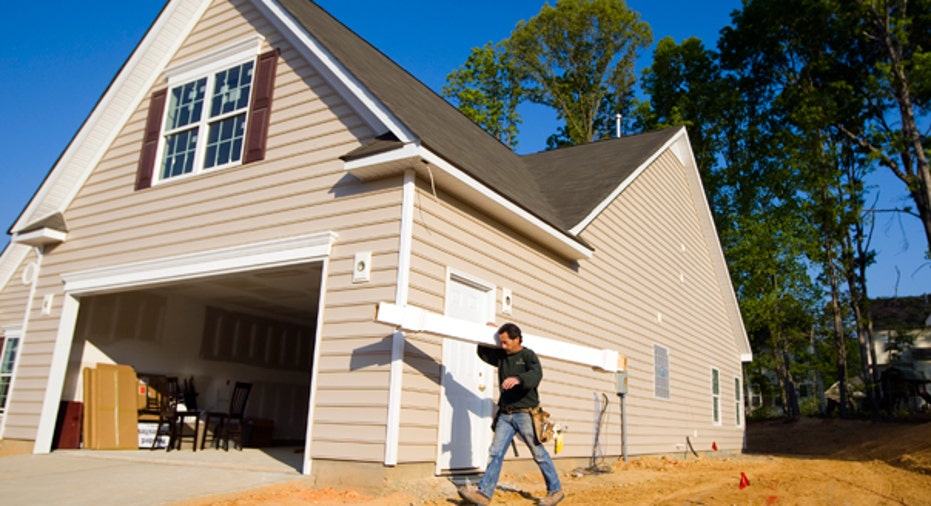Step Wisely When Adding a 2nd Story to House

If your house is too small for your needs, you have two choices: move to a larger home, or add a second story.
Neither option is stress-free. Given today's depreciated home values, many owners might prefer to add a second story instead of moving.
Adding a second story isn't that different from building a new house, at least from the builder's perspective, according to Gary Henley, president of Henley Homes, a home remodeling company in Liberty Hill, Texas. New construction is simply placed over the existing footprint, he explains.
Engineering Review
Adding a second story raises issues of structural soundness, building codes, stairway access and occupancy during construction.
The first step should be to consult a structural engineer to make sure the foundation will support the added weight of the new walls and living spaces between them, says Robert Criner, president of Criner Remodeling, a home remodeling company in Newport News, Va.
"A lot of people think that because they have an attic, they can just floor that in and move on up. They can't. Attics are designed to carry less weight than a bedroom," Criner says.
Building code requirements -- such as minimum room sizes, minimum ceiling heights and staircase dimensions -- must be taken into consideration. Some states impose the same rules in every community. Others allow localities to adopt their own rules.
"You could drive five miles and there is a different code, and in another five miles, it's another code," Criner says.
Homeowners should hire a contractor who's familiar with the codes where the home is located. The contractor should be licensed in that jurisdiction.
Up the Stairs
A second story almost always requires a new staircase, either because one doesn't exist or the existing stairs aren't code-compliant or sturdy enough.
"You want to have a good, permanent staircase," Criner says, "Just because you have a staircase that goes to the attic doesn't mean it qualifies as a staircase to go to a second floor."
The staircase can be positioned inside or outside the existing ground floor. Fitting it inside means other space, such as a bedroom, hallway or breakfast area, must be sacrificed. Adding it outside requires room on the lot and removal of whatever currently occupies that space, be it a walkway, landscaping or other structure. Either way, carving up space to accommodate the stairway can be a challenge, Henley says.
Space also must be found for new ductwork for the heating, ventilation and air-conditioning system. Some homeowners want a separate system for the second story; others prefer one whole-house system. Either option requires planning before construction begins.
Move Out?
Some homeowners want to stay in their home while the second-story construction is going on. Henley says that's not an easy lifestyle, perhaps all but impossible.
"I honestly don't know how they've come close to doing that because by the time you turn off the power, water and gas, how could they live comfortably?"
There's a concern about the effects of rain, snow or wind after the house has been opened to the elements, says Jim Bateman, owner of Bateman Custom Construction, a home remodeling company in Fairfax, Va.
Emptying out the ground floor can reduce the risk of rain or wind damage. If the homeowner hasn't yet moved into the residence, that might not be difficult to do. If the house is occupied, furnishings can be packed into sections of the house that won't be exposed, relocated to another residence, or stored at an off-site facility or in temporary containers on the property, Bateman suggests.
The job's duration depends on the size and configuration of the house and second story, and whether portions of the new space are pre-built.
"If the homeowner is amenable to modular construction, we can bring the second floor in as a modular and that would be much faster," Bateman says. "The roof can already be attached to it, and it just has to be lifted up into place."
Adding on a second story isn't cheap. Builders say the cost of a project depends on the scope and scale, quality of materials and finishes the homeowner selects, labor costs, and myriad other factors.
Copyright 2013, Bankrate Inc.